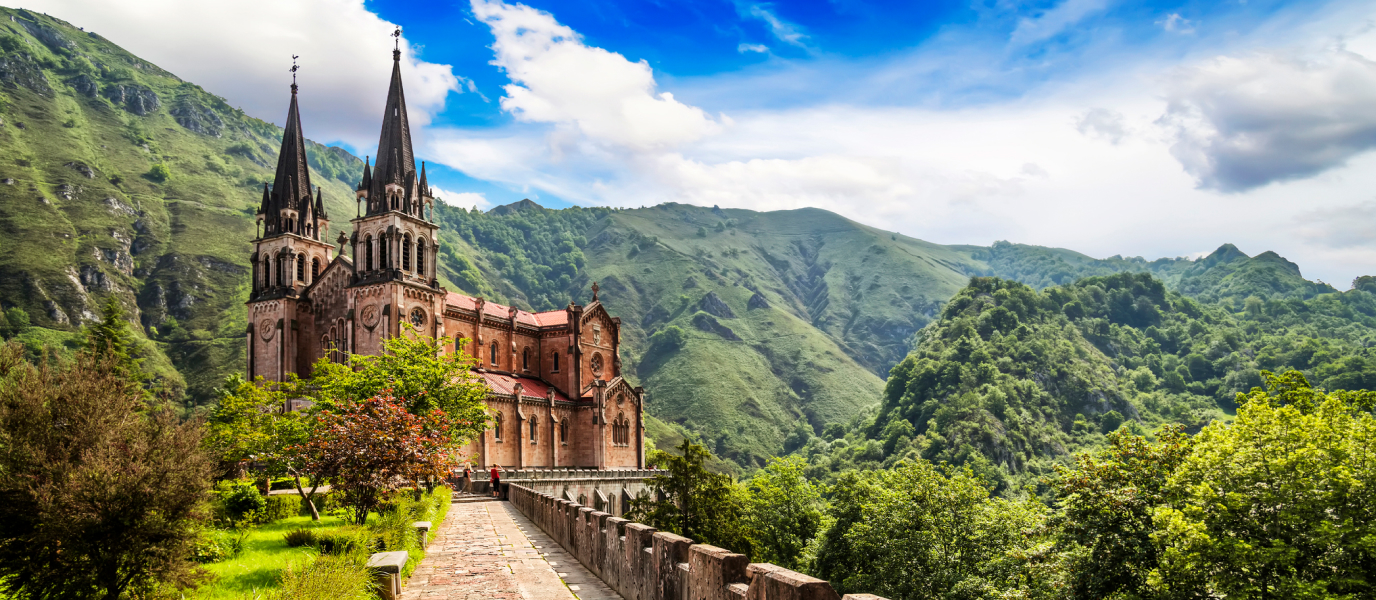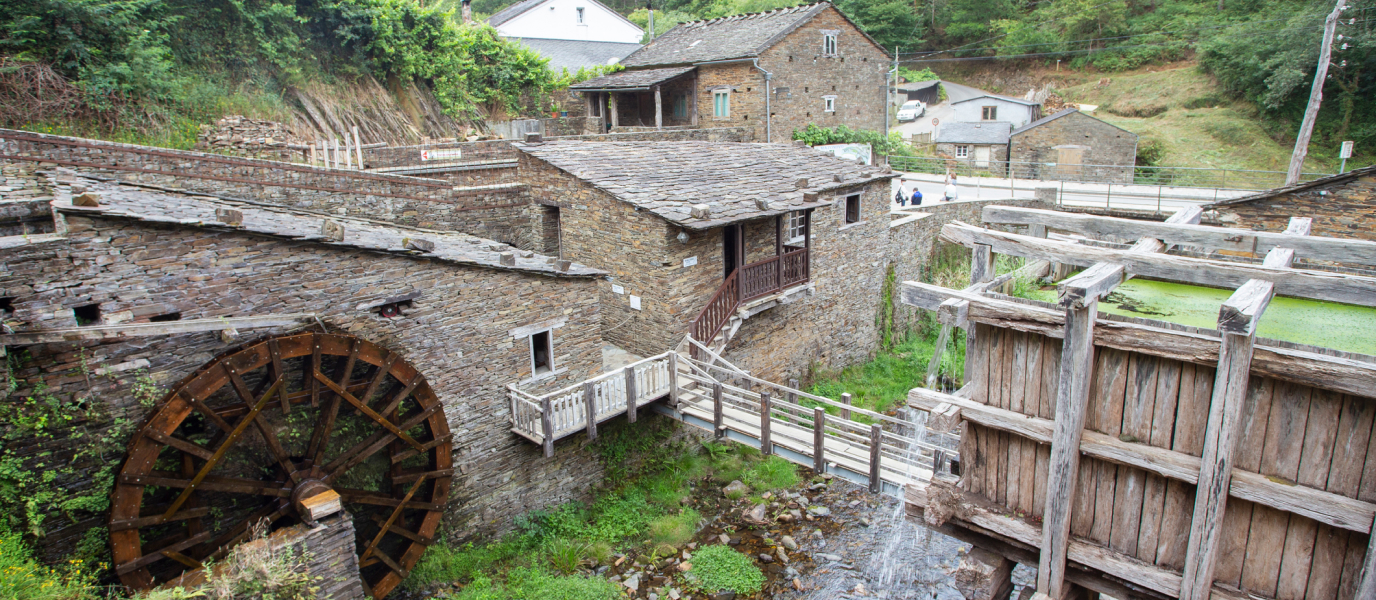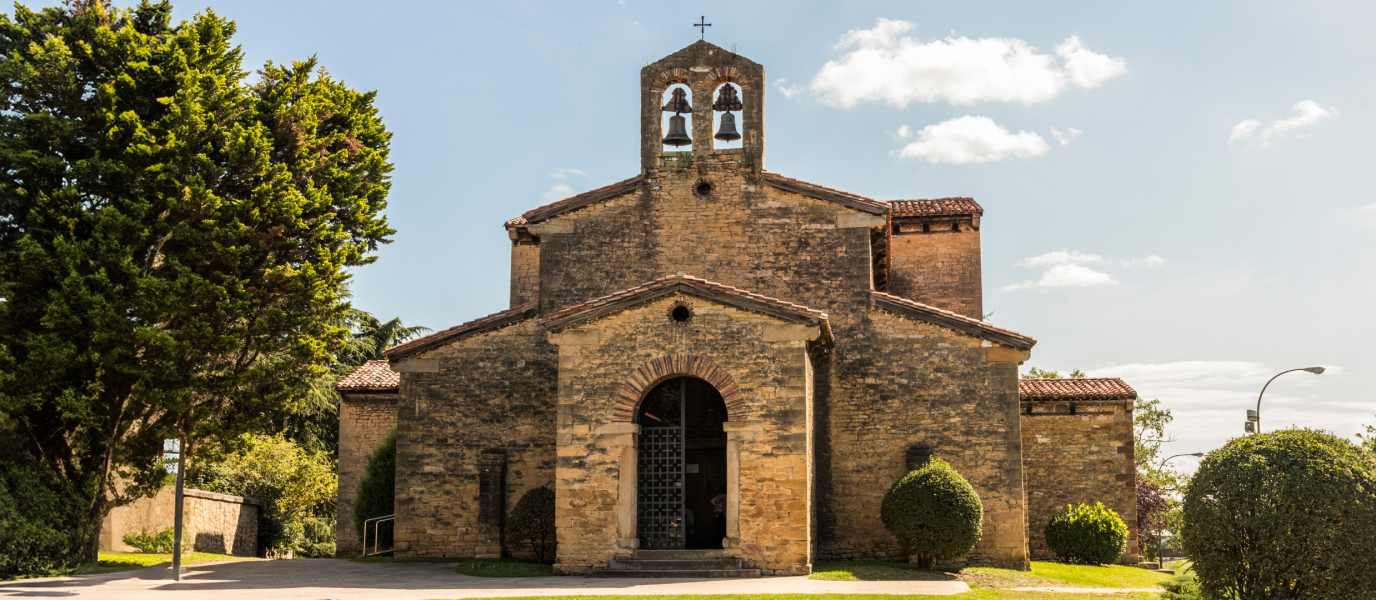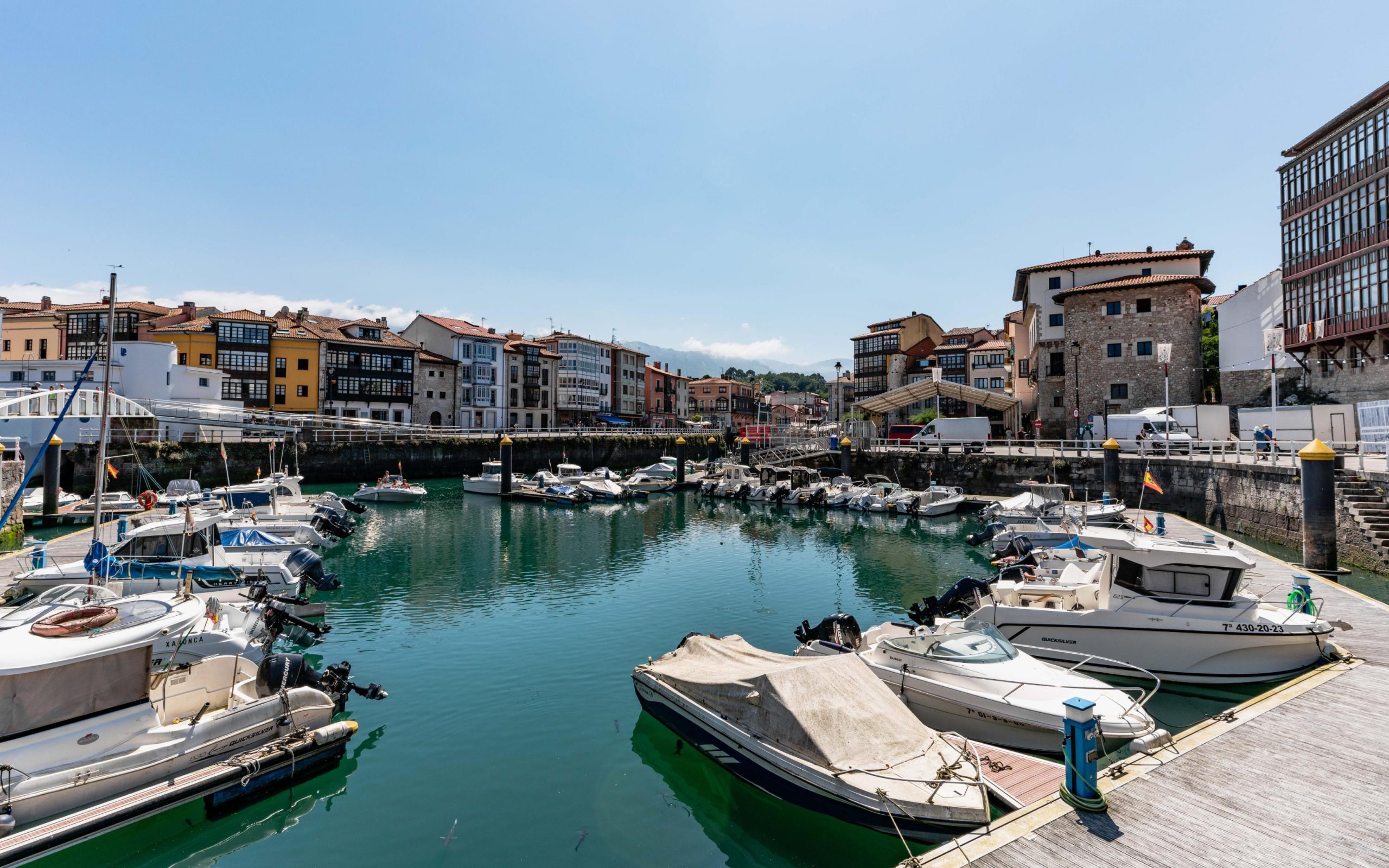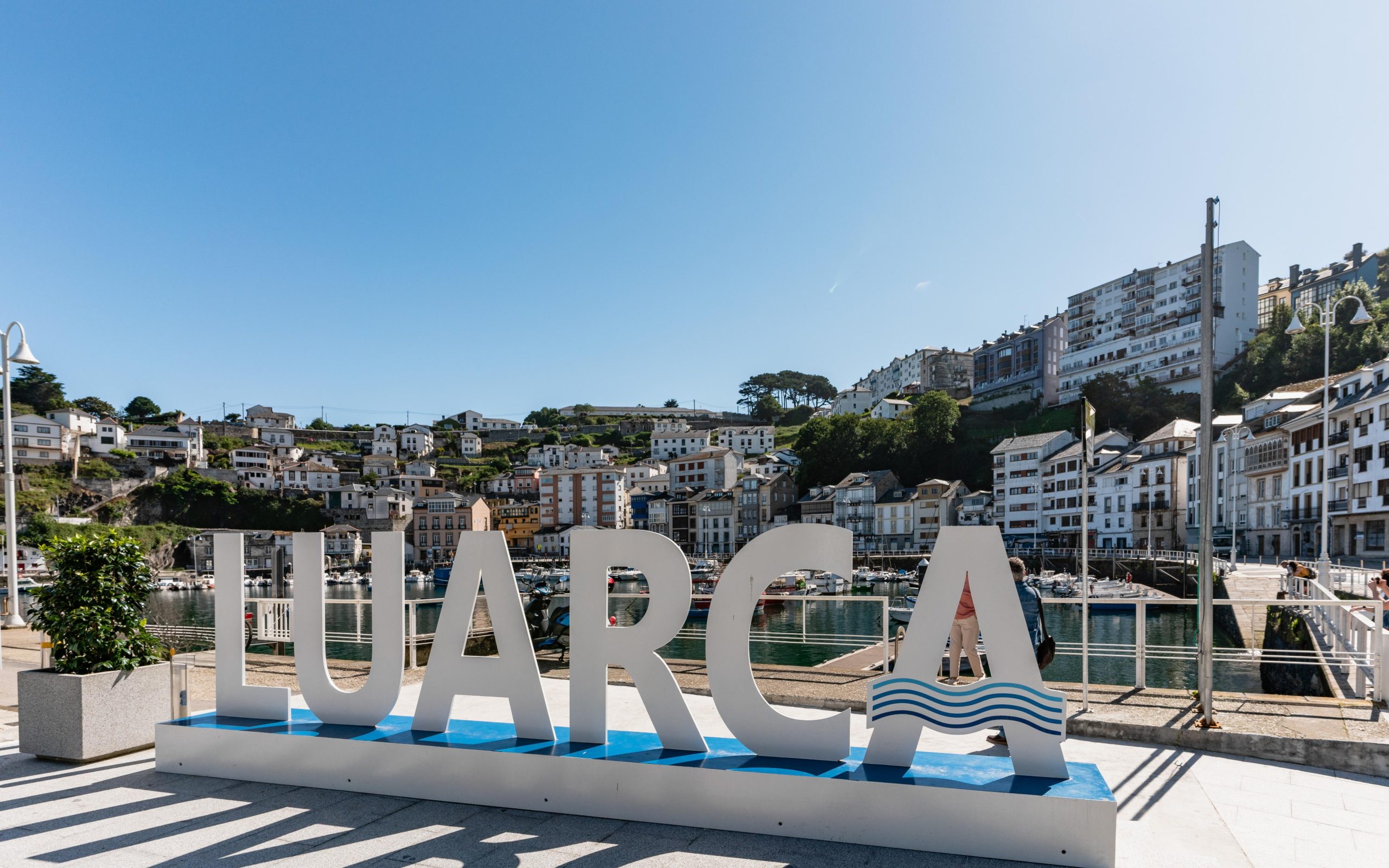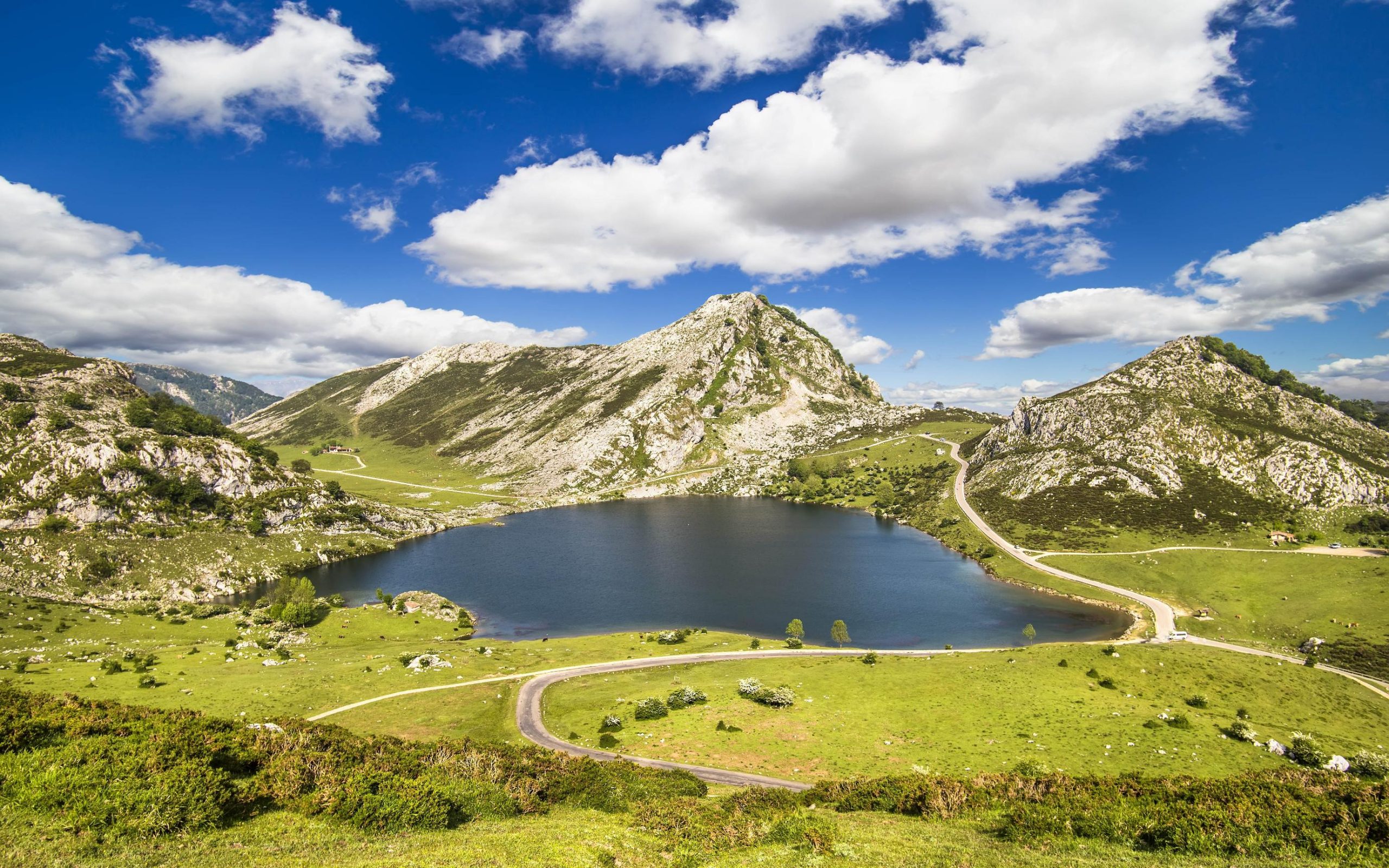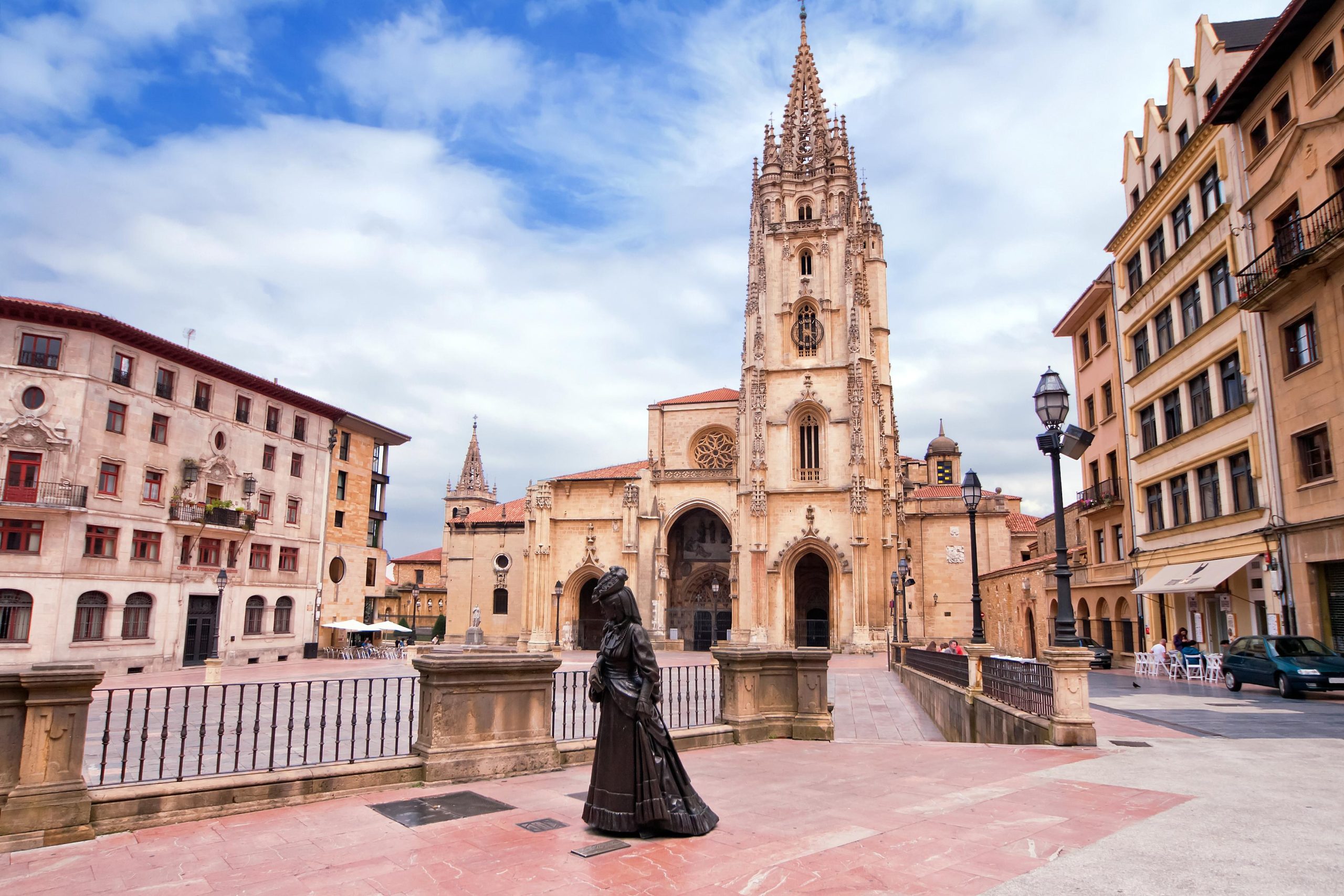Built between the 14th and 16th centuries, Oviedo Cathedral, or the Catedral de San Salvador, is a symbol of the art and architecture of the capital of the Principality of Asturias. The sublime facade and interior spaces of this majestic cathedral – situated on the Camino de Santiago – are imbued with history. Its story began when the great artists of the period set to work on a monument that would play an essential role in the history of Oviedo. Among them were Rodrigo Gil de Hontañón and Juan de Cerecedo (architects), Juan de Badajoz (he designed the façade), and José Bernardo de la Meana (he created the five altarpieces in this pointed-arch basilica).
The Capilla de Santa Bárbara with its altarpiece dating back to 1663 is one of the most striking chapels within Oviedo Cathedral. Another, the Capilla de Nuestra Señora del Rey Casto, houses the vault of the Asturian monarchs (Fruela I, Bermudo I, Alfonso II, Ramiro I, Ordoño I, Alfonso III and García I de León). Don’t forget to take in the Santa Teresa altarpiece (1739), as well as the entrance to the Cámara Santa – a chapel and the former choir entrance. Next to the Capilla Mayor is a 13th-century polychrome stone image of the Holy Saviour himself.
The Catedral de San Salvador and its Gothic tower
This tower has been dubbed a ‘romantic poem in stone’ and was one of the last pieces added to Oviedo Cathedral during its construction. In 1587, during the Renaissance period, Rodrigo Gil de Hontañón and Juan de Badajoz declared their tower complete. The five main pieces of the tower taper upwards and lure the observer’s gaze towards the sky. The plaza by the cathedral is the best vantage point for taking in the entire structure. Note: The statue of La Regenta (The Regent’s Wife) is situated in the same plaza.
The cloister
The stunning cloister is one of the most unique parts of the cathedral. Work on the cloister began in 1300 and was not completed for another 141 years. It is a fine example of the Gothic art that supplanted 12th-century Romanesque architecture. In the 18th century, the architect Francisco de la Riva Ladrón de Guevara added a Baroque-style upper floor to the cloister. It now enjoys a central garden and the surrounding space has several tombs.
The Chapterhouse Archive
This archive holds the records of the history of Oviedo Cathedral and contains important ancient manuscripts such as the testament of Alfonso II the Chaste. The oldest document dates back to the year 803 and is linked to the ‘Fakilo Donation’. The archive has been plundered many times over the years, particularly during the French occupation of 1808 and the Spanish Civil War. The archive exit is through the puerta de la Limosna (alms door), where members of the cathedral chapter traditionally showed their charity to the poor. This space also holds what is left of the cathedral’s Flamboyant Gothic seats.
The main altarpiece
The main altarpiece depicts scenes from the life of Christ and is one of the cathedral’s main attractions. Giralte de Bruselas began the work in 1512 and, with the help of others, completed it five years later. It was fashioned in Late Gothic or Hispano-Flemish style and is considered one of the best altarpieces of the period, along with those in Toledo and Seville. The sides of the altarpiece hold the tombs of the bishops Juan Arias and Jerónimo de Velasco.
The Cámara Santa
Alfonso II ordered the construction of the Cámara Santa, which comprises two overlapping chapels. The lower is the crypt of Santa Leocadia. The upper, dedicated to San Miguel, adjoins one of the few remaining traces of the ancient palace of the monarchs of Asturias: the tower of San Miguel. The Cámara Santa also contains the Sudarium, or Holy Shroud – a cloth which is said to have covered Christ’s face when he was removed from the Cross. Also on view are the Cruz de los Ángeles (Cross of the Angels) and the Cruz de la Victoria (Victory Cross), along with many other relics including the impressive Arca de las Ágatas (Agate Casket). Clad with a layer of Carolingian gold from the 10th century, it is the reason why the cathedral is called the ‘Sancta Ovetensis’ (this name refers to the quantity and quality of the relics in the Cámara Santa).
Visiting Oviedo Cathedral and museum
The museum was opened in 1990 and is situated above the Gothic cloister. It contains a spectacular collection of religious objects – precious metalwork, liturgical books, outstanding paintings and religious sculptures – originating from the cathedral and from almost a hundred Asturian parishes. The pieces are distributed throughout various exhibition rooms.






























































